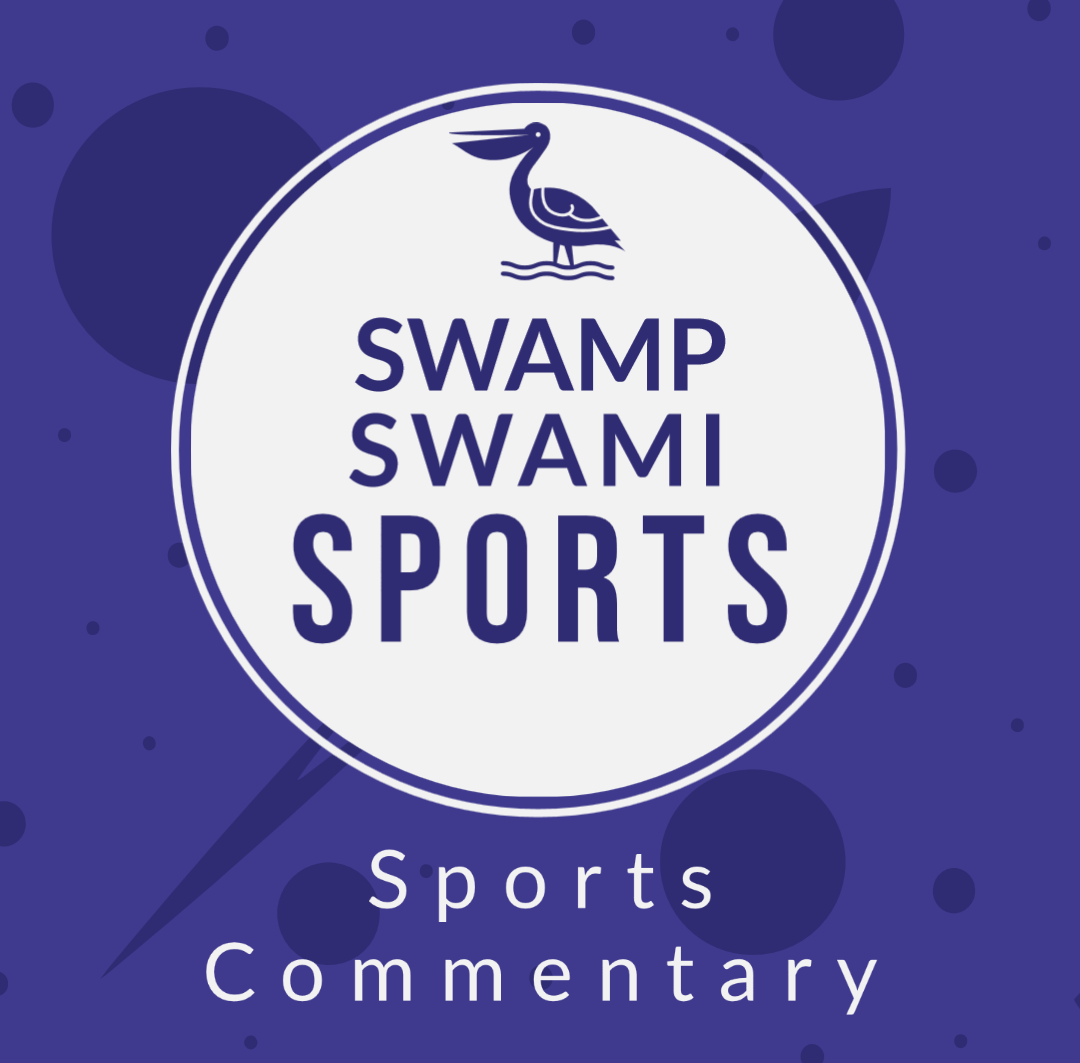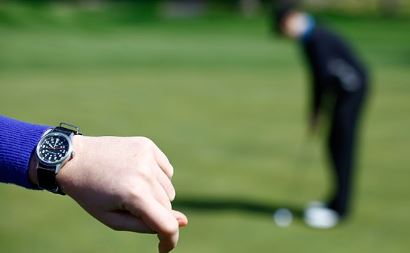Podcast: Play in new window | Download
Subscribe: RSS
On Tuesday night, I watched Week #5 of the TGL (Tomorrow’s Golf League) high tech golf competition on ESPN.

The Los Angeles Golf Club (Collin Morikawa, Justin Rose, and Tommy Fleetwood) defeated Boston Common Golf (Rory McIlroy, Adam Scott, and Keegan Bradley) by a 6-2 score.
This show is budgeted for two hours of TV time and covers 15 holes.
The “front” nine is alternating shots (Player 1 hits the drive, the next hits from the fairway or rough, and Player 3 either putts/chips). The final six holes are played as one-on-one single player competitions.
I have watched four of the five televised matches. Last night’s 8PM-10PM CST telecast was the first one which actually finished within the allotted 2-hour time period.
Most weeks, the TGL matches have gone more at least 15 minutes longer than ESPN budgeted for the match.
A week ago, TGL’s co-founder Tiger Woods actually lost a hole after being penalized for exceeding the 40-second shot clock on a potential hole-tying putt.
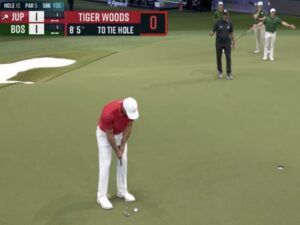
The television ratings for the opening week garnered about one million viewers. After last week’s fourth match, the average weekly viewership had dropped below 800,000.
The drop in TGL’s TV ratings is likely due to fading interest in this new golf production.
However, golf’s slow play issue has become an increasing problem with viewers at home.
LPGA legend rips slow play in professional golf

Dottie Pepper won 17 times on the Ladies Professional Golf Tour. The 59-year old has remained in the national spotlight by covering both men’s and women’s golf as an analyst for NBC and Golf Channel.
Two weekends ago, she commented about the taboo subject (at least for “live” television commentators) of slow play – especially among professional golfers.
At late January’s Farmer’s Insurance Open in San Diego, on-course commentator Dottie Pepper stated that a PGA threesome had just taken nearly three hours to complete the first nine holes of their round.
“I think we’re starting to need a new word to talk about this pace of play issue and it’s respect! She added, “For your fellow competitors, for the fans, for the broadcasts, for all of it. It’s just gotta get better!”
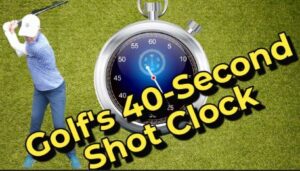
When John and Jane Q. Public step onto the first tee of nearly any municipal golf course, they are expected to complete 18 holes in four hours or less. At most public golf courses, there is a golf course marshal who rides around in a cart to keep the golfers on pace.
At your local golf course, time is money.
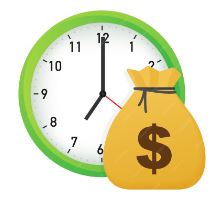
The more golfers pushed through during the day, the more green fees and cart fees can be earned by the golf course.
Unfortunately, professional golfers (men and women) need more than just a nudge to pick up the tempo.
The television ratings for professional golf have declined significantly during the post-Tiger Woods era.
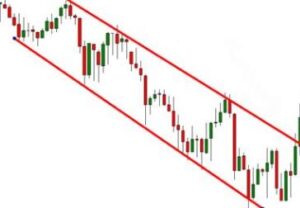
Having walked the golf course at several pro events, today’s professional golfers (men and women) move at a fairly rapid pace down the fairway after hitting every shot.
With their length off the tee and accuracy to the green, shouldn’t pro golfers finish 18 holes in four hours like the rest of us are expected to play?
On Sunday, Rory McIlroy won the AT&T Pebble Beach Pro-Am tournament on that iconic seaside golf course. Rory’s 27th PGA Tour win started at 12:15PM (CST) and finished at about 5:30PM.

Yes, Rory needed 5 hours and 15 minutes to shoot a nifty 66 in his final round to win.
Rory McIlroy is not a slow player. He has frequently mentioned the need to reduce the size of pro golf tournament fields and increase the gap between the golfers’ tee times to help improve the pace of play.
Sorry, Rory. Those changes might help to trim (perhaps) about 15 minutes off that 5 hour+ round.
So, why isn’t there a shot clock in golf?
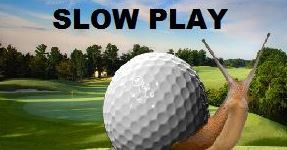
The stodgy PGA Tour places golfers “on the clock” (a verbal warning from a tour official) when a group falls more than a full hole behind the group ahead of them. The entire group, though, is subject to be fined or penalized after the round is completed.
No, it’s not fair if just one slowpoke is causing an issue for the entire group.
Let’s say that the first group of the day plays slow. The rest of the field can claim “It was that group ahead of us!”
We’ve all noticed how long some players take to check the wind conditions and then waffle back and forth between clubs whether on the tee, in the fairway or in the rough.
Around the greens, it’s much, much worse
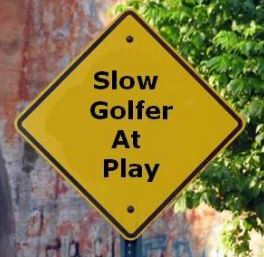
The golfers survey their chips or putts by walking around the entire perimeter of the green. Looking at every possible angle, (tick, tick, tick), they finally get settled in to actually hit the putt. Even with a dinky two-foot putt for par, they repeat the same process.
Without a specific time limit for each shot – tee to green – there is a reluctance by local tournament officials to penalize any “star” player.
You wouldn’t want that player to boycott your golf tournament next season because a local rules official penalized them for slow play, would you?
So, golf’s current pace of play rules are rarely being enforced at weekly pro golf tournaments.
Speaking of taking too much time on the greens…
Sunday’s third place finisher, Lucas Glover, is an outspoken slow play critic who wants golf to ban a relatively new putting technique called “AimPoint”.
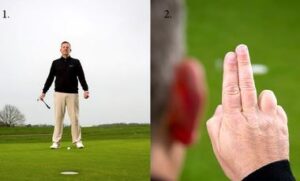
In a nutshell, the golfer walks the likely line of the upcoming putt. The player stops to spread his or her feet apart at certain points and attempts to “feel” the slope of the green at that point – with their feet!
Tick, tick, tick…
A nine-time PGA tour winner and 2009 US Open champion, Lucas Glover thinks the AimPoint putting method is big load load of slow play hooey.
He recently said, “AimPoint statistically hasn’t helped anybody make more putts since its inception. It’s also kind of rude to be up near the hole and stomping around trying to find out where the break is with your feet. It needs to be banned. It takes forever!”
Television is encouraging slow play, too.
Don’t kid yourself into thinking the TV networks are actually trying to speed-up golf (or baseball, basketball, or any other major sport).
The longer that the sporting event stays on the air, there will be more advertising opportunities available to be sold by the network.
After football season ends this weekend with the Super Bowl, sports television viewership on Saturday and Sunday afternoons takes a huge hit.
They will lose the 20 million people viewing Sunday afternoon NFL games and more than 5 million watching the top Saturday afternoon college football games.
The networks are thrilled to capture more than two million sports viewers during football’s off-season.
Last Sunday’s golf at Pebble Beach drew three million viewers to CBS.
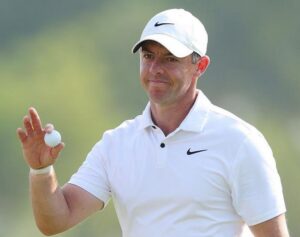
Even if CBS was only able to televise the last 12 holes of Rory McIlroy’s win, that meant Golf Channel (which handled the early portion of the broadcast day) was able to be on the air longer and sock away more advertising revenue.
More time on the air = more potential advertising revenue for the networks
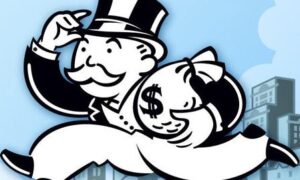
As long as golf (or baseball or any other sport) remains popular enough with the non-football season television viewers, there is no financial incentive for the networks to push for speedier play.
They simply don’t have something else which can draw more weekend afternoon viewers (at least for now). That’s why they keep trying to push spring pro football games on us every year recently.
Only the permanent loss of a large segment of the viewing audience will force golf (and the networks carrying the sport) into making significant changes to improve the speed of play.

Enjoy your afternoon naps again this spring and summer, golf fans!
